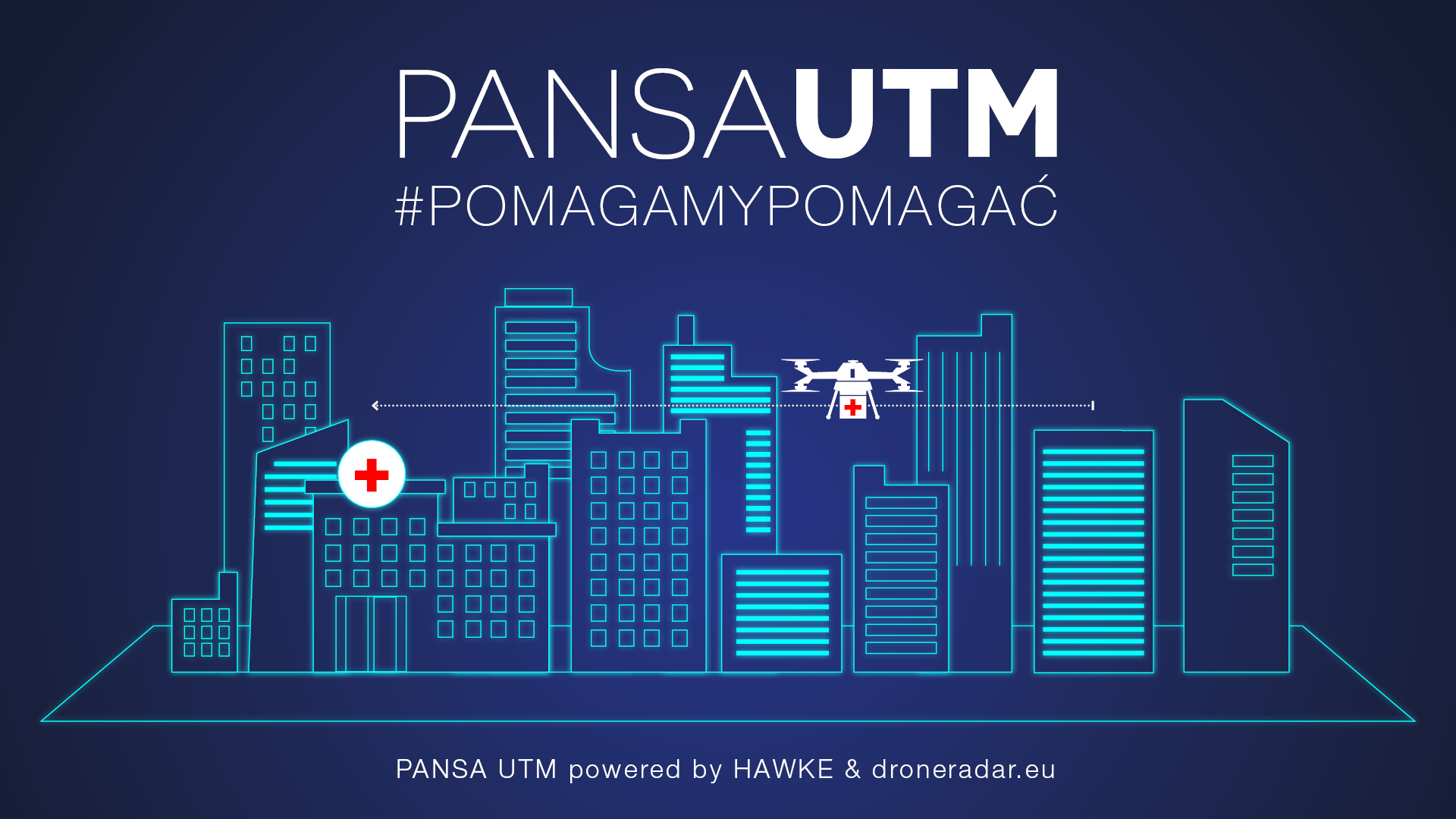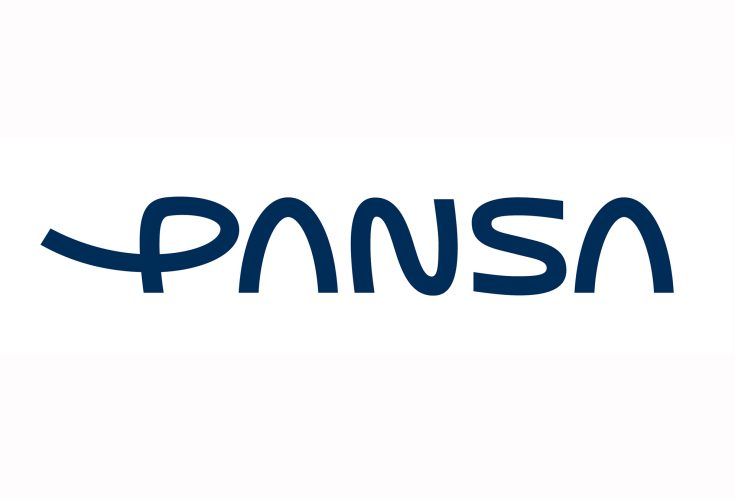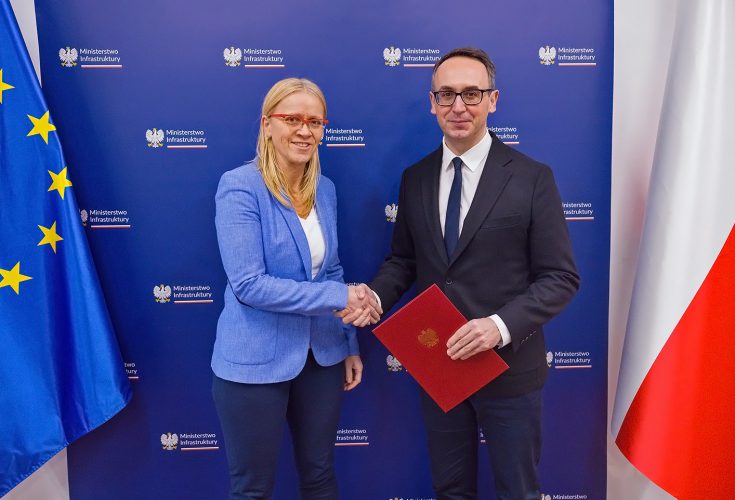While the air traffic over Europe has come to almost a complete halt, Polish Air Navigation Services Agency is determined to fulfil its potential in research and innovation to fight the coronavirus as well as the crisis that it had caused. At the end of April, unmanned aerial vehicle performed a flight in the airport control zone beyond the visual line of sight and carried samples for testing for COVID-19 between two hospitals in Warsaw.
– Chinese character for crisis also translates to opportunity and this term describes the way that PANSA perceives the downturn in the volume of operations. Currently all our forces were redirected to testing innovative solutions developed by our knowledgeable experts for new technologies. For example, we have already entered a new phase of putting drones to use by emergency services – says Janusz Janiszewski, PANSA president.
Operating drones to transport medical supplies during the pandemic could not only accelerate the delivery of samples for testing for the virus, but also optimize supply chains linking hospitals and certified laboratories, therefore helping to use their full potential. It is a step towards commercial use of drones. They can be safely operated in airport control zones thanks to PansaUTM – the first UTM system to be operationally implemented in Europe. Why is PansaUTM such an important system during the crisis? First and foremost, it can be quickly integrated with state registers and 112 emergency line.
– PansaUTM enables advanced flight coordination between Agency’s services and drone operators, including displaying drone’s location and basic flight parameters in real-time. Data is delivered through dedicated transmitters and receivers – explains Filip Sosin, head of the U-space Programme at PANSA .
Thanks to PansaUTM, air traffic controllers receive information on planned drone flights and based on data provided by air traffic management systems, check whether the flight can be operated safely, and then provide permission directly to the drone operator.
Innovations for smart airport
The Agency is working on development of solutions that would enable safe integration of manned and unmanned aviation and that would allow drones to carry out operations, even in high traffic volume airspace (e.g. around airports), that are currently using ground transportation – transportation of urgent cargo, support to airport services, airport environment monitoring or even passenger transportation.
A large part of the work carried out by PANSA is associated with the preparation for the construction of the first smart airport in Poland. By the time the Central Communication Port is launched, the Agency will spend PLN 286.75 million on investments related to this undertaking. In the first stage, which has just begun, a new airspace over Poland will be designed.
In preparation for CPK, the Agency plans to launch a special center in Poznań. The facility will be equipped with the remote towers system, which in parallel to the conventional air traffic control tower will use technologically advanced solutions for image and sound transmission. Thanks to this solution, it will be possible to perform air traffic control services at CPK, also without the need for physical presence of the controller at the airport.
The agency system of training and acquiring candidates for air traffic controllers is undergoing a thorough change in the accelerated mode. Currently, out of about 1,500 applicants, about 20 are enrolled on the course, and only about 10 finish it. New solutions prepared by PANSA, also based on e-learning, are to provide the opportunity for more efficient and cheaper training of new controllers, and above all training that is flexible and independent of the epidemiological situation.
During the crisis, the Agency is working intensively on the development of its own technologies, such as the CAT (common airspace tool) system, which enables efficient airspace management and supports PANSA services supervising both civil and military air traffic, or the PANDORA system, which provides controllers with the necessary data – maps, metrological data and aircraft data.
– The post-crisis world of aviation will not be the same as before. We will be ready to meet the requirements of the new normal and be in the forefront of the top European air navigation agencies in terms of efficiency and innovation – adds Janiszewski.



